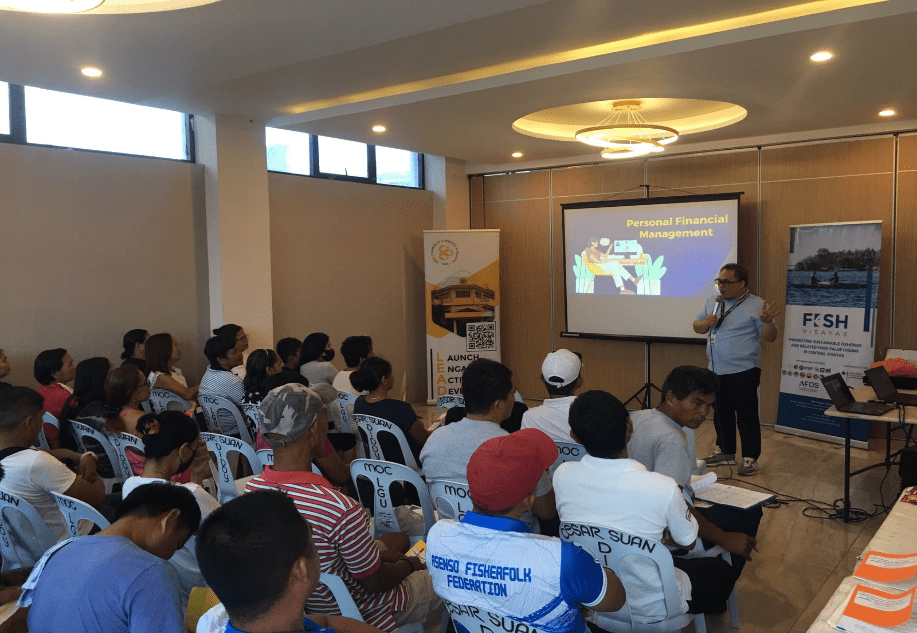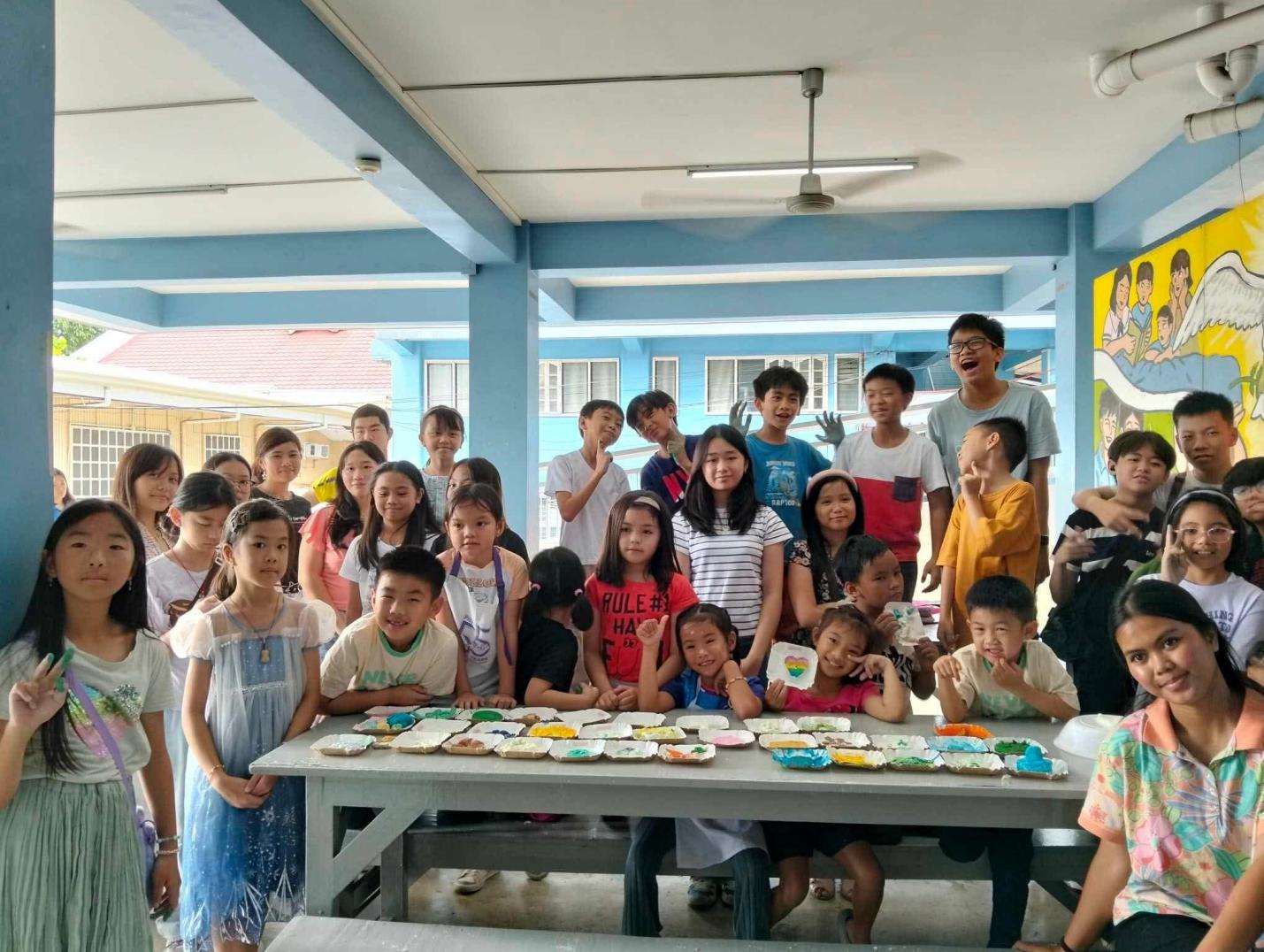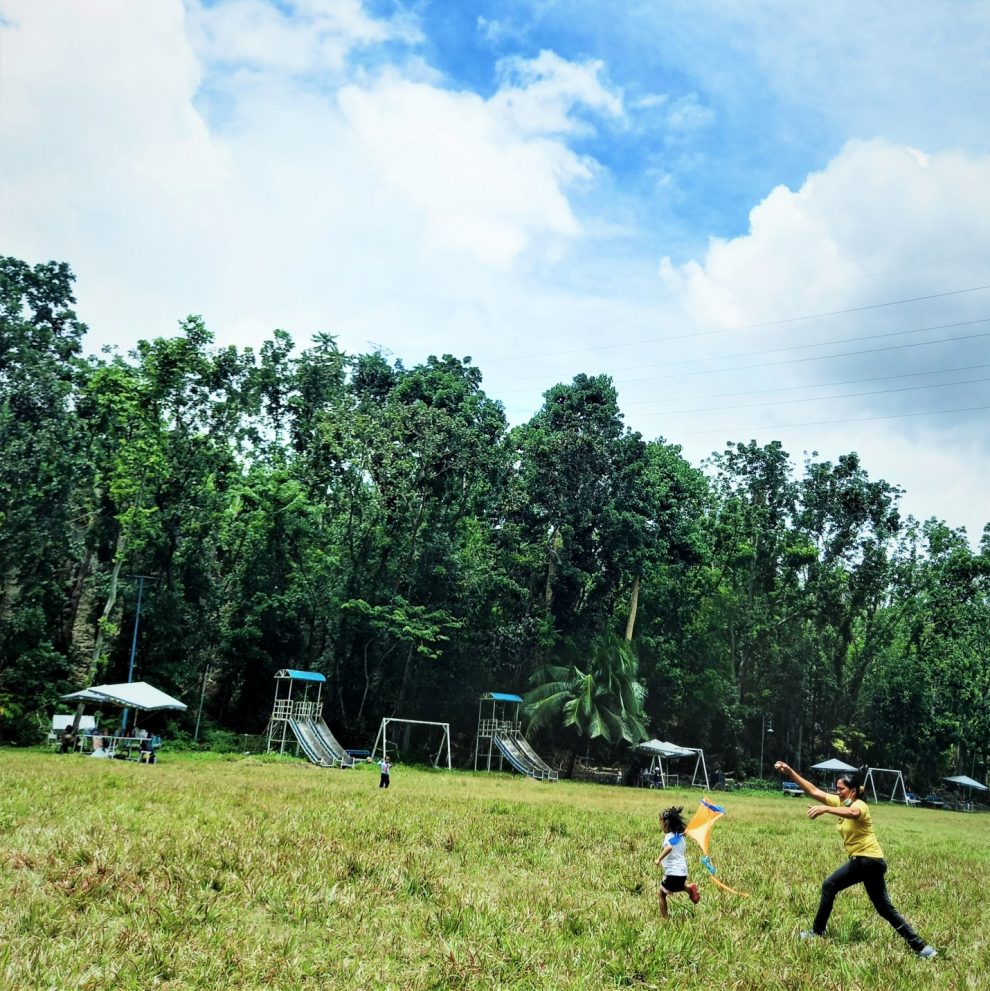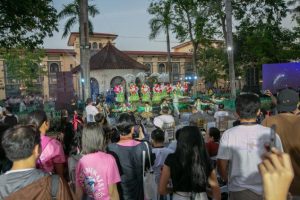Seeing children running freely in a large grassy field is a beautiful sight.
To many adult spectators, the sight may tickle distant memories of our own – childhood moments spent outdoors, playing with friends and neighbors, and imaginary play fueling our minds and games.
To the children of Barangay Inayawan, Cebu City, the large grassy field of The Family Park was a novelty – a rare treat to children who spent most of their lives in a densely populated community with mountains of garbage close by.
A rare break from their usual set-up in Barangay Inayawan, daycare children under the care of Balay Amuma, a home-based daycare program of Kidslife Foundation, kicked off summer during their Family Day celebration by building and flying kites, racing through the grassy fields, and enjoying story time and each other’s company in the afternoon sun.
“It’s okay that my grandchild plays and runs around in the field,” shared Sharon (family name withheld), an elderly grandmother who cares for her granddaughter. “It’s better they play and be children, than sit around at home and play with our cellphones.”
Allowing children to be children is at the center of Balay Amuma’s philosophy. The program allows children to play and be nurtured in an environment that allows them to grow and just be children.
“A child is born to move and to play, especially in the early years – from 0 to 7 years old. When they are born, the first faculties that need to be developed are the faculties of movement: of strengthening their physical body. That is why when children (are born), they don’t right away stand and walk – it’s a gradual development of their physical body and when we say physical body, that’s all areas: fine motor skills, growth motor skills, being able to independently climb and do things by themselves. That is why they need to play and move and that’s how we were made – we’re born to play and move, and if they are restricted, then they will develop into this kind of children that feel that they are not really free to create or do something that they think they want to do or need to do,” shared Grace “Tita Grace” Ferreros of KidsLife Foundation.
Play plays a large part in a child’s development, Tita Grace notes. “Creative free play” allows children to learn and discover. For some children, play allows them to draw towards innate talents. Children may discover interest in singing, art, writing, storytelling, or socializing.
“The aim is to really develop the whole child – not just the brain, not just in writing but also socialization and be able to manage your own behavior. There are a lot of activities here that are offered to them –not just the traditional daycare center where children listen to the teacher and then do workbook or drawing. So, it becomes a really fun day for the children but actually, behind those activities are a lot of learnings that happen unconsciously,” shared Tita Grace.
While Balay Amuma is a home-based daycare center, it is more than just that. Balay Amuma provides an environment for children to be children. The program allows children to freely play and move around. Balay Amuma works with home mothers, parent assistants, and helps set up their homes as home-based daycare centers caring for children and providing creative activities for children.
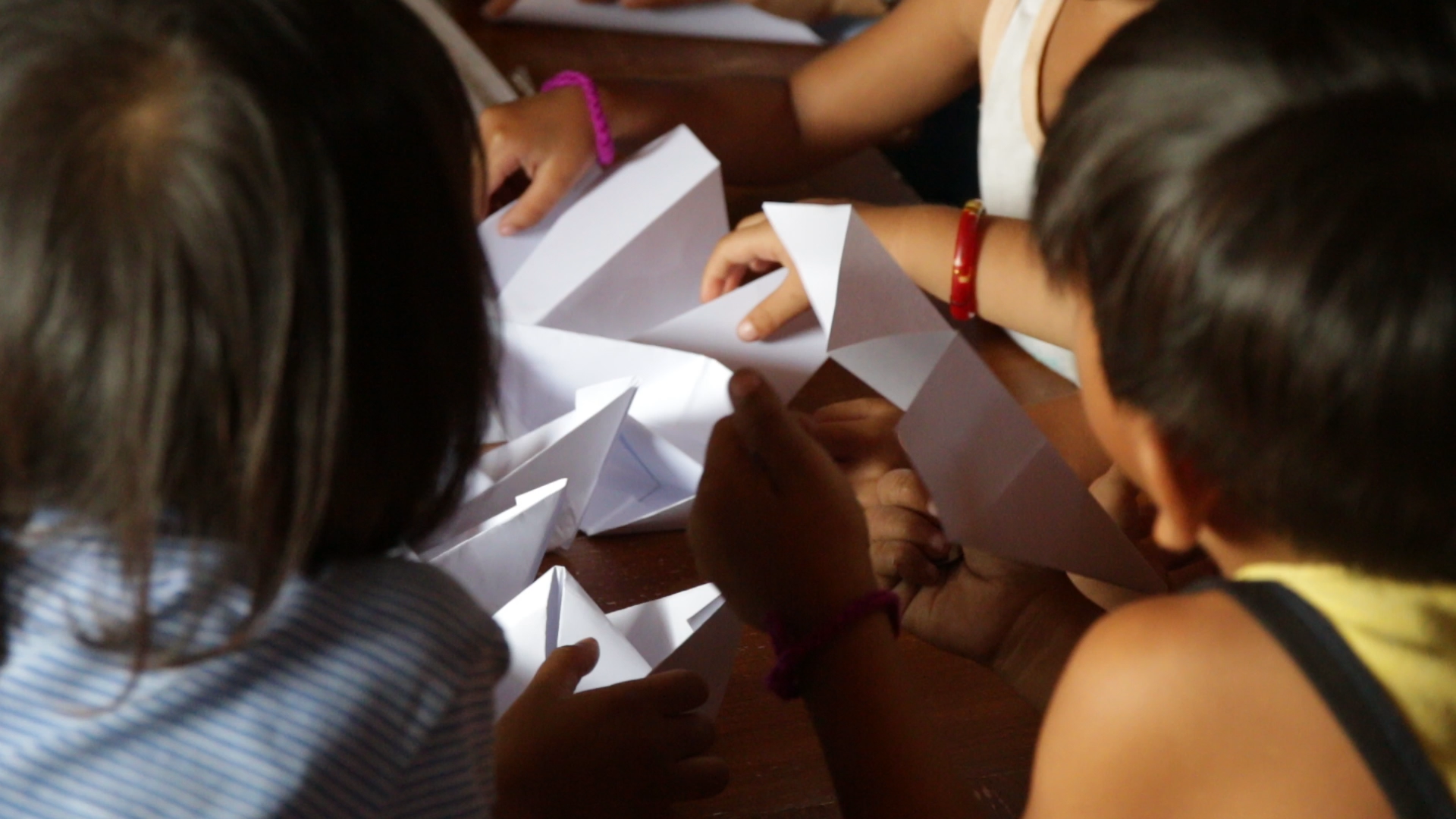
Stepping into one of the Balay Amuma homes in Barangay Inayawan is a beautiful break from the fast-paced outside world. Home mothers guide children through creative activities that allow children to learn and play at the same time. There’s a gentle lull in the room that guide and nudge children through the day’s activities – from crafting boats, building puppets, singing in circles, cleaning the small sacred space for games and activities, to breaking bread and enjoying a hearty snack of fruits with peers.
“It’s called Balay Amuma because it’s not a school but a home; and it’s Amuma – It’s not for learning but really for caring children,” shared Tita Grace.
Home parents or child development workers are not called teachers. They’re called “Tita” a gentler and less imposing term for children. This alone provides a more caring, guiding learning environment for children.
“What makes it Balay Amuma is really the person or the teacher or the daycare worker whom we call home mother or home parent. They are not teachers in the sense that they are authority, but they are loving authority to the children. It is presenting to the children a healthy home rhythm, with the home mother being a good role model for imitation,” explained Tita Grace. “It is not the usual traditional daycare center where children come to play, but also are taught lessons. They are not taught lessons here, but they learn independently through the activities that they engage in,”.
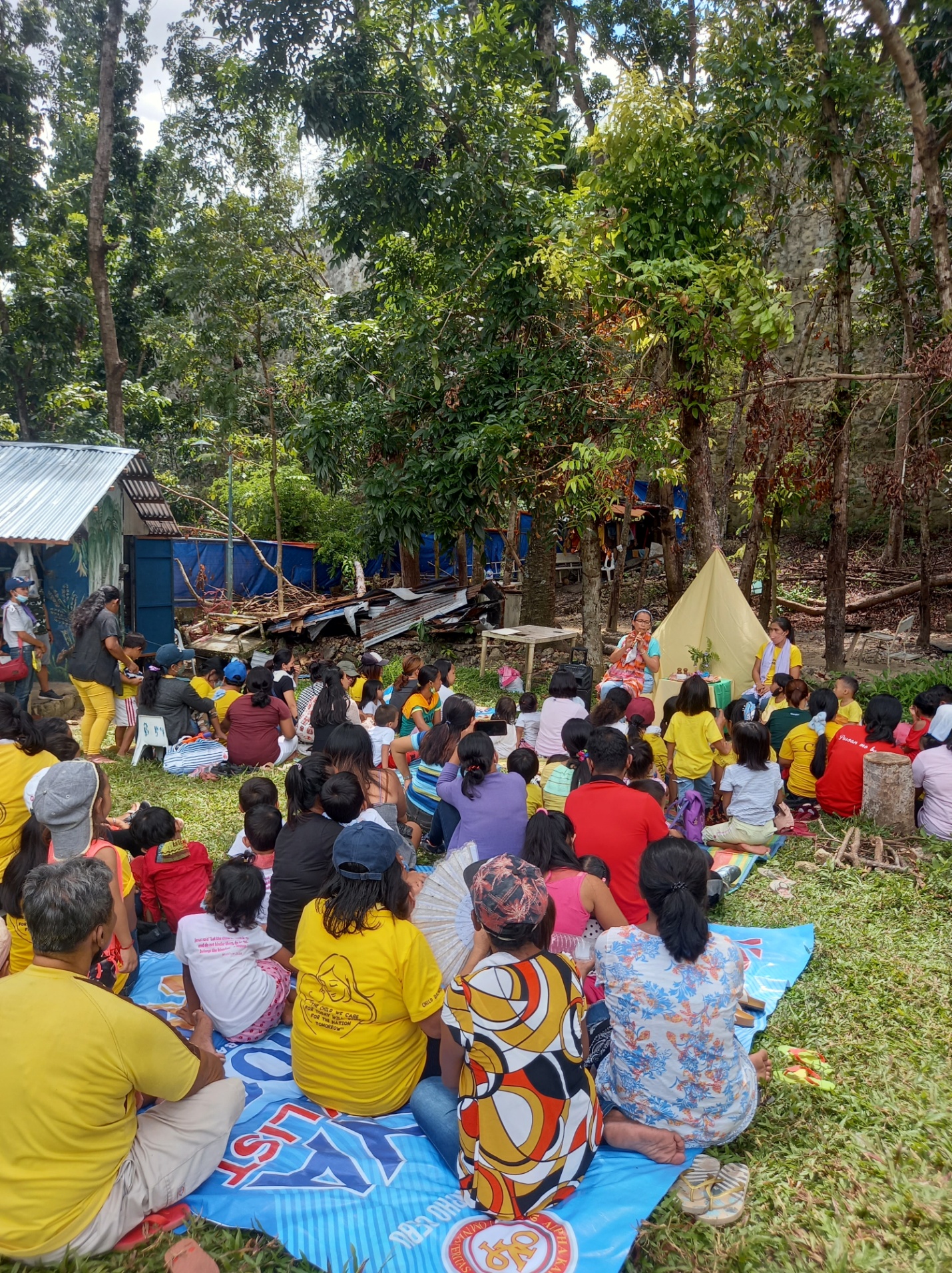
Building a rhythm with children is important. At Balay Amuma children enjoy daily indoor free play, daily activities ranging from coloring, baking, painting, to cleaning. Children also enjoy outdoor activities such as gardening or washing of clothes or general cleaning. Other activities include circle time, storytelling, and rest and meal breaks.
Children at Balay Amuma also enjoy outdoor play time, where they can explore, build their social skills, and discover the importance of taking care of the environment through gardening and play activities.
It’s easy to see that play is an integral part of a child’s development and offers opportunities of growth in many ways. The impact of the program is easy to spot: a child’s happiness.
“Among the children, the biggest change is really that you see them happy – happily playing and playing freely… We say that it’s a child’s right to play because they have to – they are born to. And through play, a lot of capacities are developed – not only the development of the physical body but also the development of their confidence, socialization because they played together freely,” said Tita Grace.
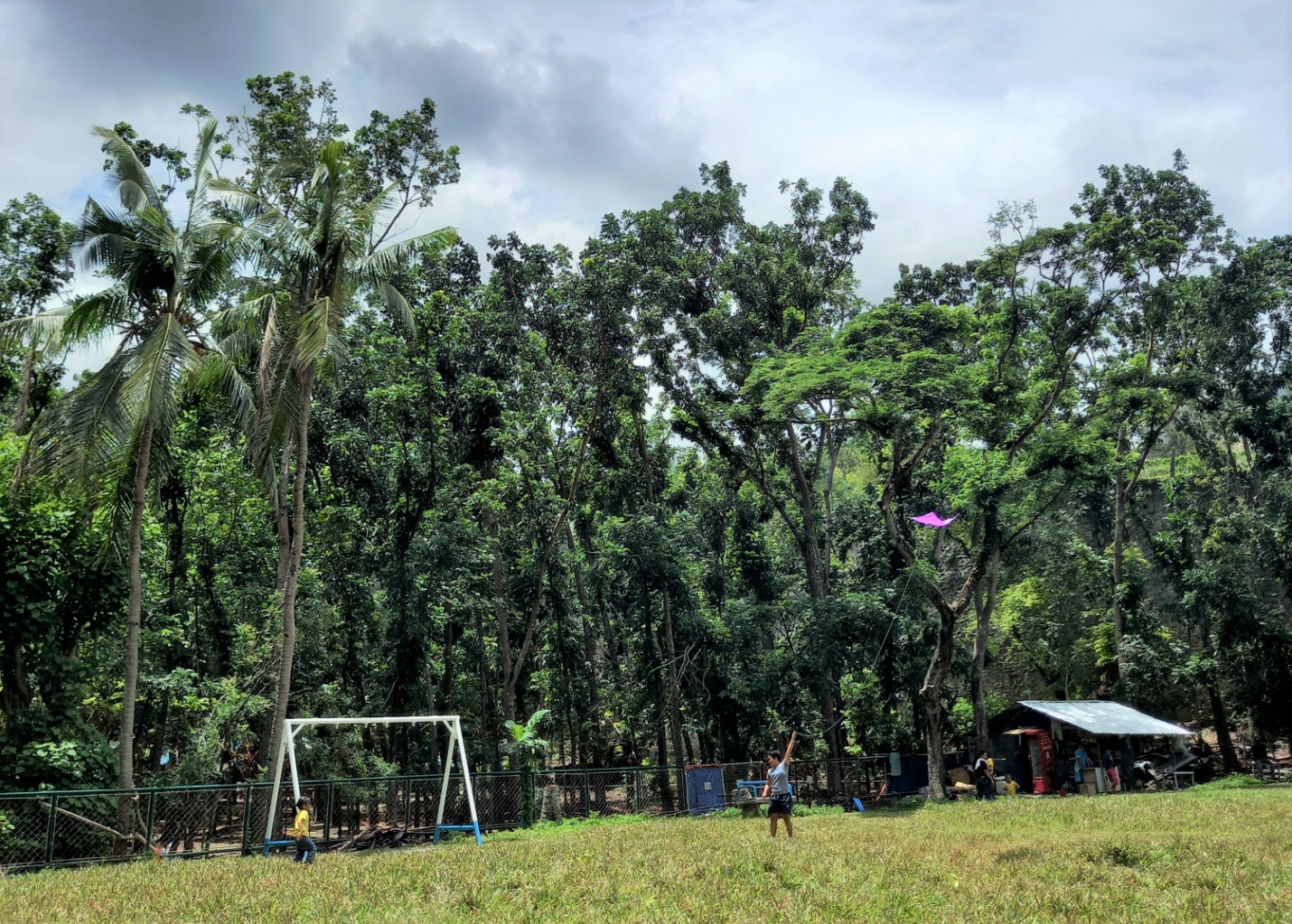
As Balay Amuma continues to care for 96 children of Barangay Inayawan, Cebu City, it now hopes to build a playground for their children to safely play in. In December 2021, Typhoon Odette (International: Rai) ravaged Cebu and destroyed Balay Amuma’s garden and play area. In the weeks to come, Balay Amuma hopes to build a safe space for their children to play in.
You can support Balay Amuma and give children a chance to grow by contributing to the repair and renovation of Balay Amuma and their playground. Your contribution will help build spaces for learning and play for children in Cebu City, thereby providing them with opportunities of nurturing their imagination, motor skills, and building their all-around character.
To donate, visit: A Chance to Grow: Balay Amuma Playground (rafi.org.ph)
DSWD Authority/Solicitation Permit No.: DSWD-SB-SP-00055-2021
The Ramon Aboitiz Foundation, Inc. will match the funds raised as the foundation’s counterpart in support of the campaign.




